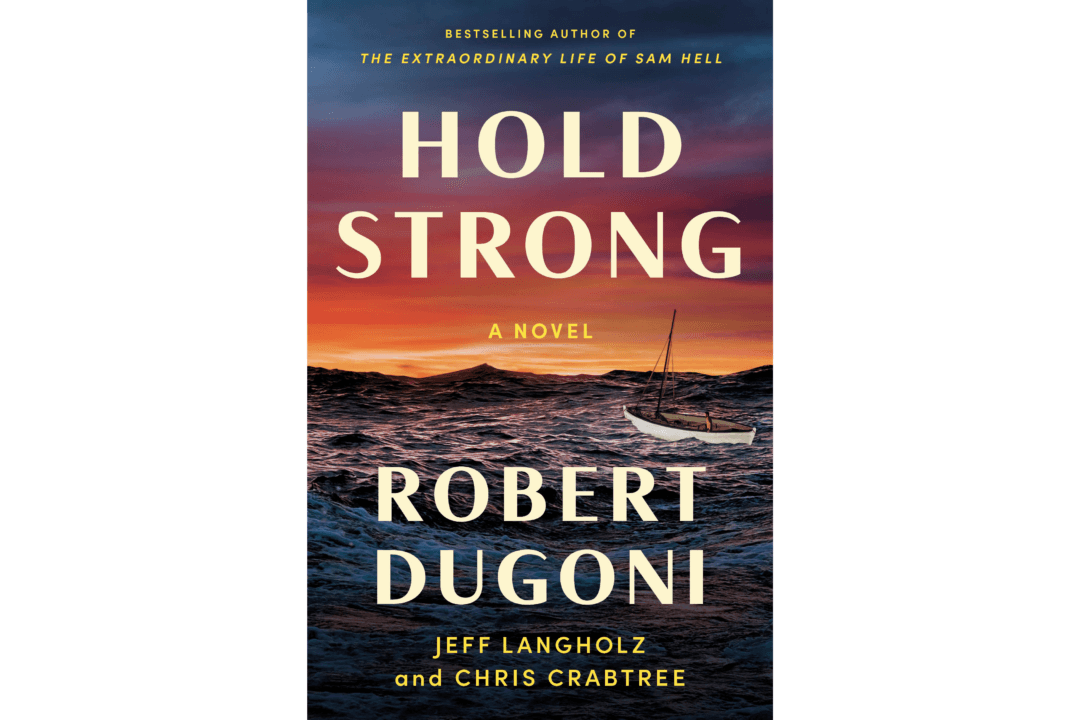Bataan Death March. Kamikazes. Hell ships (or “marus,” in Japanese). These words conjure up harsh memories of World War II in the Pacific Theater. They also bring to the forefront images of prisoners of war and the horrors of wartime atrocities.
Though these gruesome aspects of war aren’t often easy to portray in novels and historical fiction, “Hold Strong,” by the trio of researchers and writers Robert Dugoni, Jeff Langholz, and Chris Crabtree, has achieved the unachievable. It does so with their cast of strong characters backed by their meticulous research.





